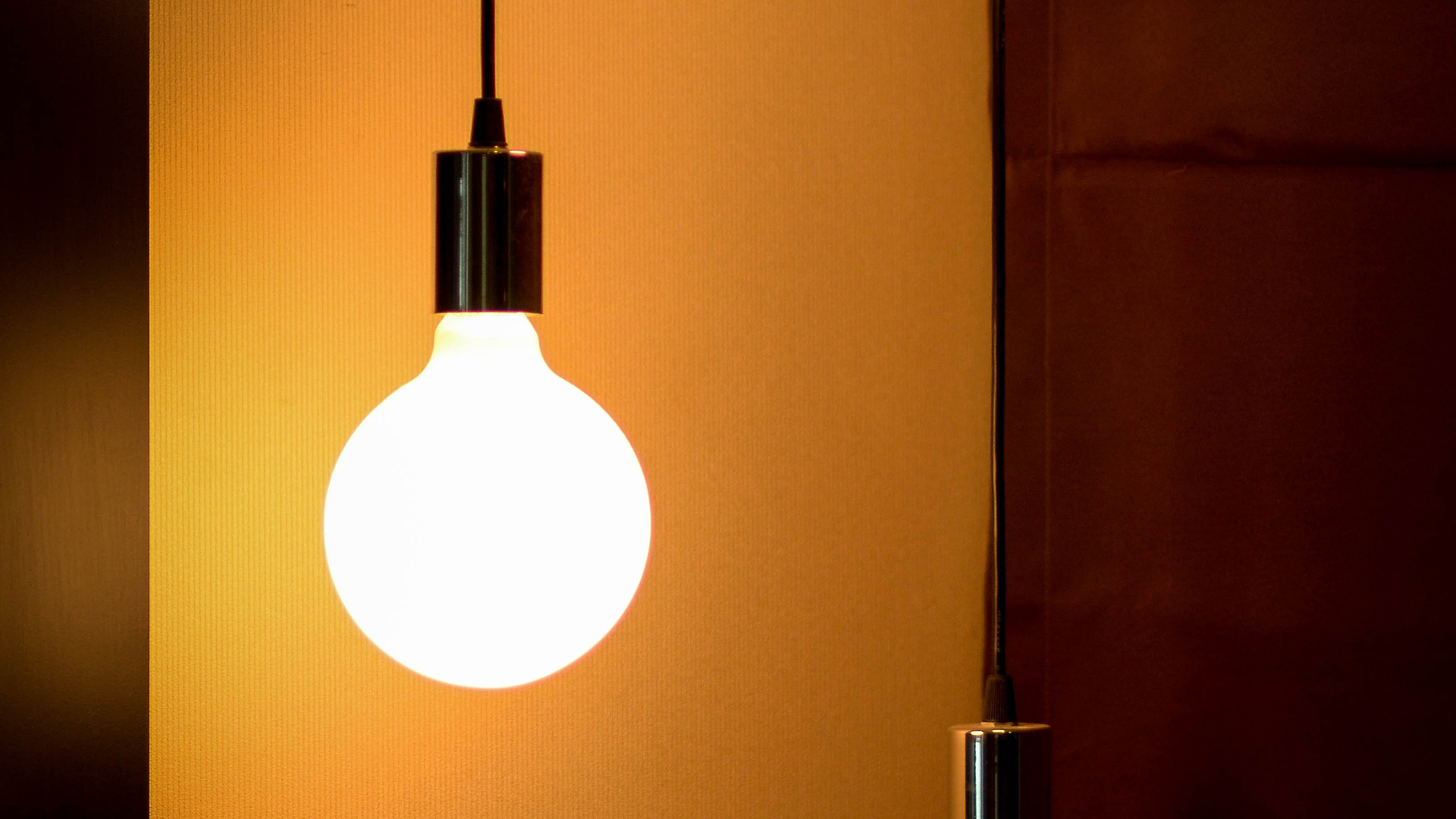

We're becoming increasingly aware of the negative impacts of prolonged exposure to blue light – the kind emitted by LED bulbs and the screens of our devices. One quick fix is to use blue light filtering glasses, but researchers at the University of Houston have been working on a much neater solution: a new violet LED chip that uses much less blue light.
While LED lights shot to popularity for being much more energy efficient than incandescent or fluorescent bulbs, we've since found that constant exposure has the effect of suppressing the production of melatonin. This in turn can lead to insomnia, fatigue, and mood disorders, explains Jakoah Brgoch, who's leading the research. It has even been linked to cataract formation.
The new violet LEDs aim to erase this effect. While most of the work is on light bulbs at the moment, there are also potential exciting applications for use in screens. We spoke to Jakoah and graduate research assistant Shruti Hariyani to hear more about their work, its benefits, and when we might start to see the new technology hitting the market.
- The best wake-up lights: some of these offer low-blue light modes for bedtime use
How do the violet LEDs work?
The crux of the work is based around phosphors – the luminescent materials that are historically used with LED chips to create energy efficient, color tunable white light. They're also used in LED TVs and computer screens. The researchers at the University of Houston has been working on developing phosphors that are compatible with violet LED chips.
"It is worth noting that we cannot remove blue light entirely because we need to cover the blue region of the visible spectrum to produce a high quality white light," says Shruti. "However, if we use three phosphors [blue, red, and green-emitting], it is possible to carefully tune the ratios of the phosphors to minimise the blue light intensity while still producing a warm white light. "This warm white light is ideal for nighttime lighting because it reproduces the color of the sun at sunset but also should prevent large magnitudes of melatonin suppression."
When will we start seeing violet LED bulbs on the market?
It's already here ... sort of. GE has very recently released a new Sun Filled bulb with a violet LED chip. It doesn't use the new phosphor material developed at the University of Houston, although Jakoah says that material "could, in principle, improve the colour quality of their light even further."
The main thing holding this technology back from hitting the mainstream is cost – at the moment, blue LEDs are still considerably cheaper to mass-produce than violet LEDs. There's also a bit more tweaking to be done to fine-tune the optical properties.
Sign up to the T3 newsletter for smarter living straight to your inbox
Get all the latest news, reviews, deals and buying guides on gorgeous tech, home and active products from the T3 experts

Is this tech going to make its way into our screens?
Although the focus is on light bulbs at the moment, there are other potentially exciting applications for this technology. "In principle, this approach would also be viable for computer screens that use LEDs," says Jakoah. "Recently that has seen a huge rise in people using glasses that filter the excess blue light. Switching to violet LEDs would reduce the need for this type of filtering."
There are more issues that would need to be solved for this to move forward though. At the moment, violet LEDs are not quite as efficient as blue LEDs, which would have an impact on battery life – a major sticking point. "If we could find a way to make the violet-based lights as good as the blue-based lights, then I think you would see a more considerable driving force for using the violet LEDs with screens," Jakoah adds.
Are there any other benefits?
The colour rendering produced by these new LED bulbs might actually be superior to what blue LEDs can achieve.
"One way to assess the quality of a light source is to evaluate the colour rendering, or the ability to reproduce an object's colour," says Shruti. "The sun has perfect colour rendering because the white light spectrum covers the violet to the red region (and beyond). Violet LED-driven devices typically have greater colour rendering than blue LED-driven devices because a blue LED cuts out the violet portion entirely, meaning the color reproducibility in blue LED-driven devices is poor."
[Read the original paper, or find out more at SciTechDaily]
Ruth is a lifestyle journalist specialising in sleep and wellbeing. She has tested more mattresses than her small flat can handle and will talk at length about them to anyone who shows even a passing interest, and has had to implement a one-in-one-out pillow policy for fear of getting smothered in the night. As well as following all the industry trends and advancements in the mattress and bedding world, she regularly speaks to certified experts to delve into the science behind a great night's sleep, and offer you advice to help you get there. She's currently Sleep Editor on Tom's Guide and TechRadar, and prior to that ran the Outdoors and Wellness channels on T3 (now covered by Matt Kollat and Beth Girdler-Maslen respectively).
-
 3 overrated shoulder exercises, according to a fitness expert (and what to do instead)
3 overrated shoulder exercises, according to a fitness expert (and what to do instead)Sculpt 3D shoulders whilst minimising injury with these three alternative exercises
By Bryony Firth-Bernard Published
-
 Polar’s new subscription feature lands in the shadow of Garmin’s Connect+ rollout
Polar’s new subscription feature lands in the shadow of Garmin’s Connect+ rolloutPR genius or timing disaster? Polar’s new Fitness Programme adds adaptive training to its ecosystem
By Matt Kollat Published
-
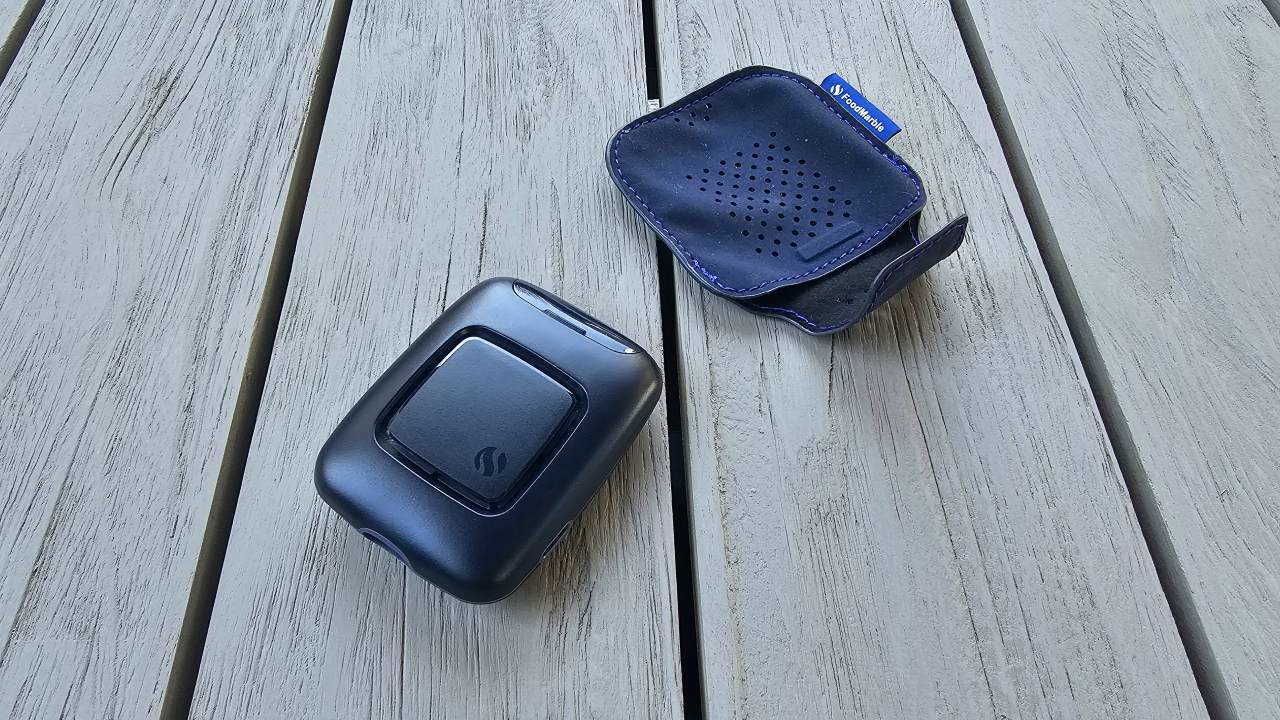 I spent 6 weeks with the FoodMarble Aire 2: here’s what I learned about my gut health
I spent 6 weeks with the FoodMarble Aire 2: here’s what I learned about my gut healthI’ve been testing the clever breath-testing gadget with the companion app over several weeks to find out if it delivers on its promises
By Lee Bell Published
-
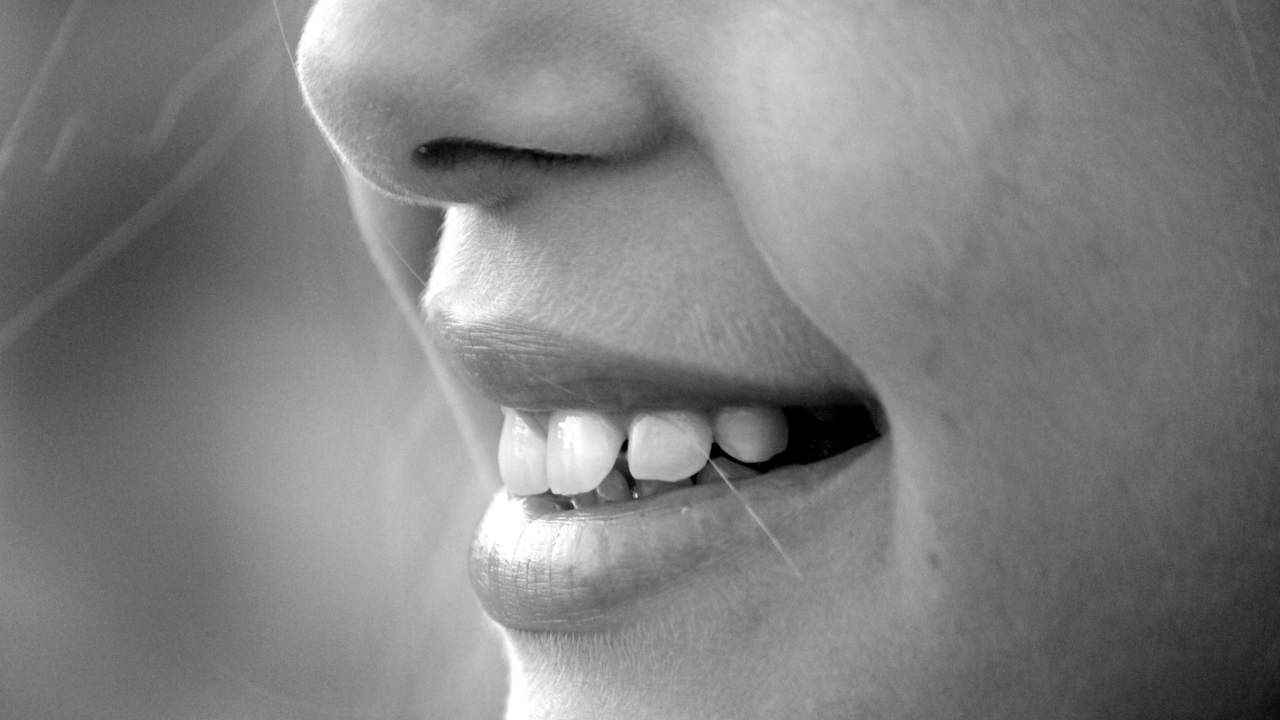 Oil pulling is going viral on TikTok for stopping morning breath – but does it actually work?
Oil pulling is going viral on TikTok for stopping morning breath – but does it actually work?4 hacks that prevent morning breath, according to a sleep expert
By Bethan Girdler-Maslen Published
-
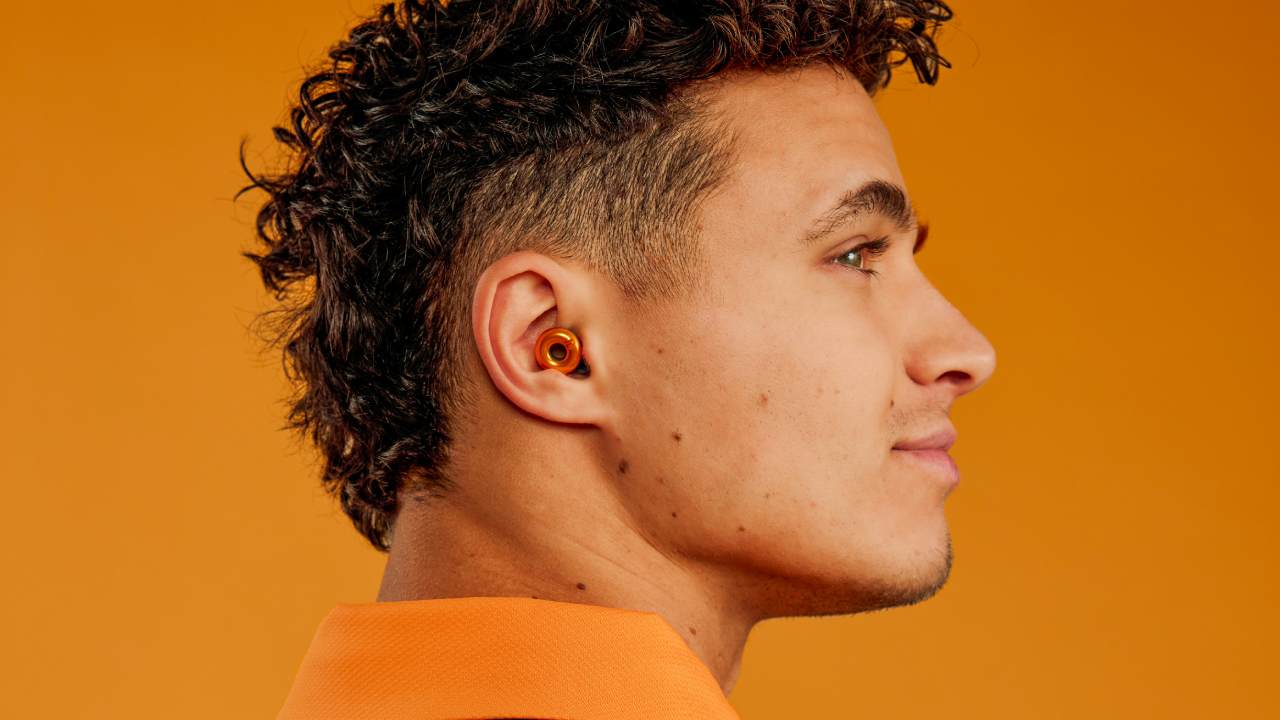 These limited edition McLaren x Loop earplugs are what you need for Formula 1 season
These limited edition McLaren x Loop earplugs are what you need for Formula 1 seasonMcLaren teams up with Loop on limited edition noise-reducing earplugs
By Bethan Girdler-Maslen Published
-
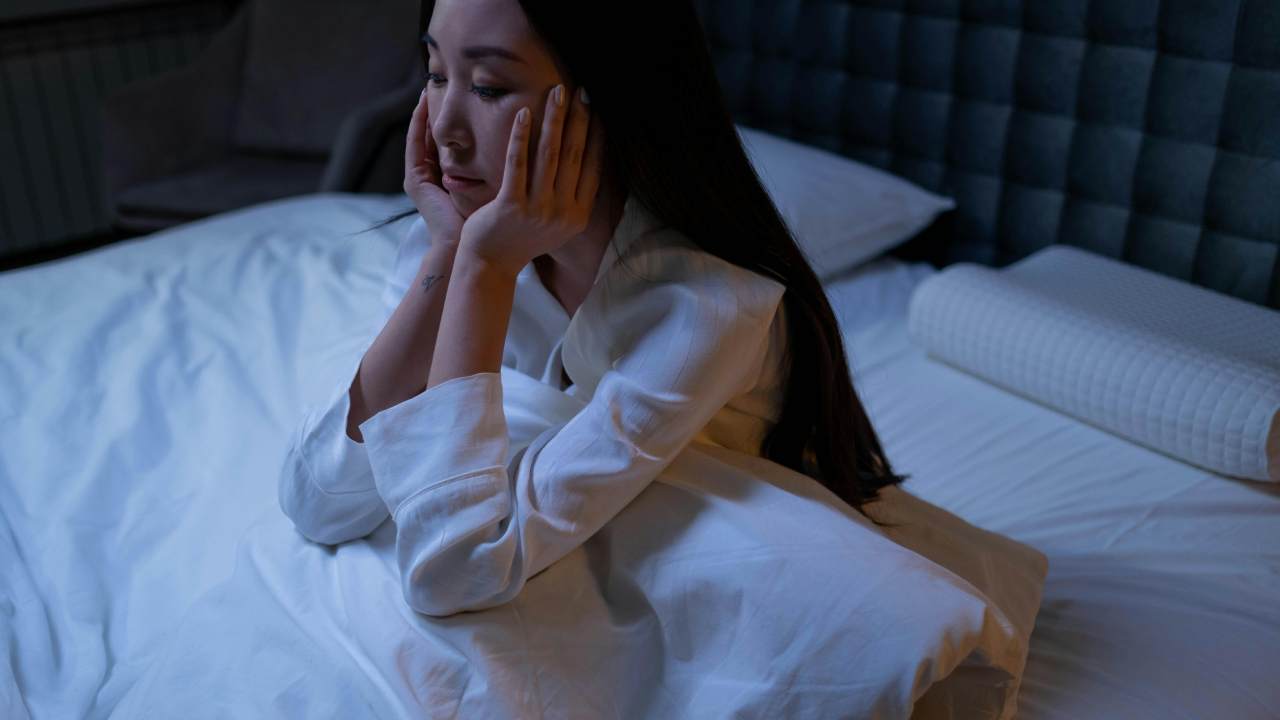 3 reasons why you wake up at 3am every night – and how to avoid it
3 reasons why you wake up at 3am every night – and how to avoid itAlways waking up in the middle of the night? This could be why…
By Bethan Girdler-Maslen Published
-
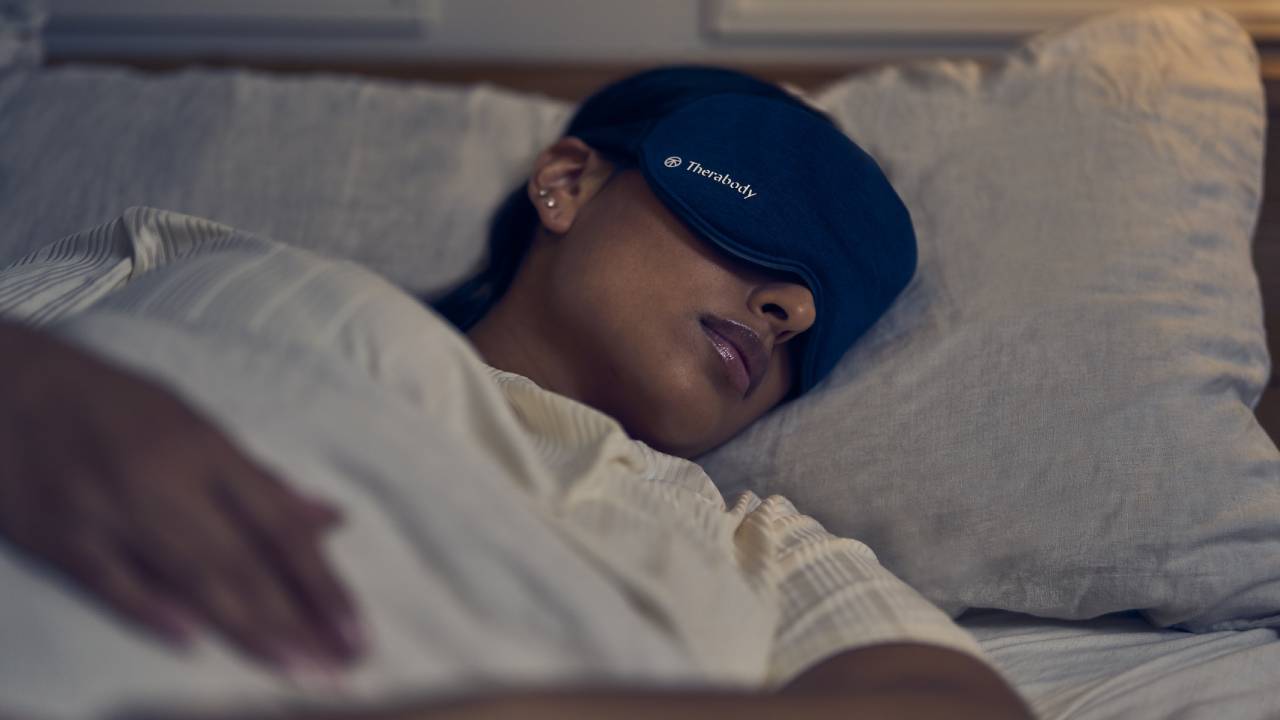 Therabody experts give 7 tips for perfecting your sleep routine for World Sleep Day
Therabody experts give 7 tips for perfecting your sleep routine for World Sleep DayFrom breathing exercises to sleep masks, here’s how to prioritise sleep, according to experts
By Bethan Girdler-Maslen Published
-
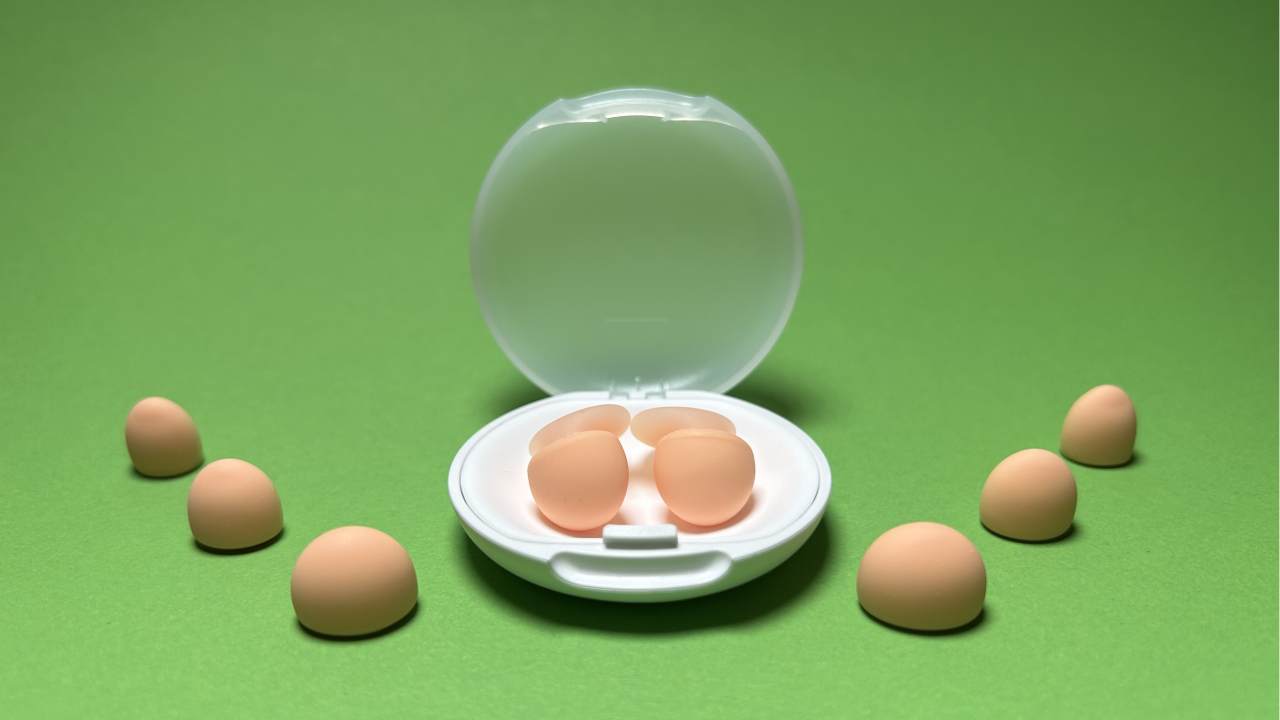 Loop Dream review: super soft earplugs to help you snooze soundly, even if you’re a side sleeper
Loop Dream review: super soft earplugs to help you snooze soundly, even if you’re a side sleeperSquishy silicone and uniquely shaped ear tips take Loop’s nighttime earplugs to dreamy heights
By Joanna Ebsworth Published
-
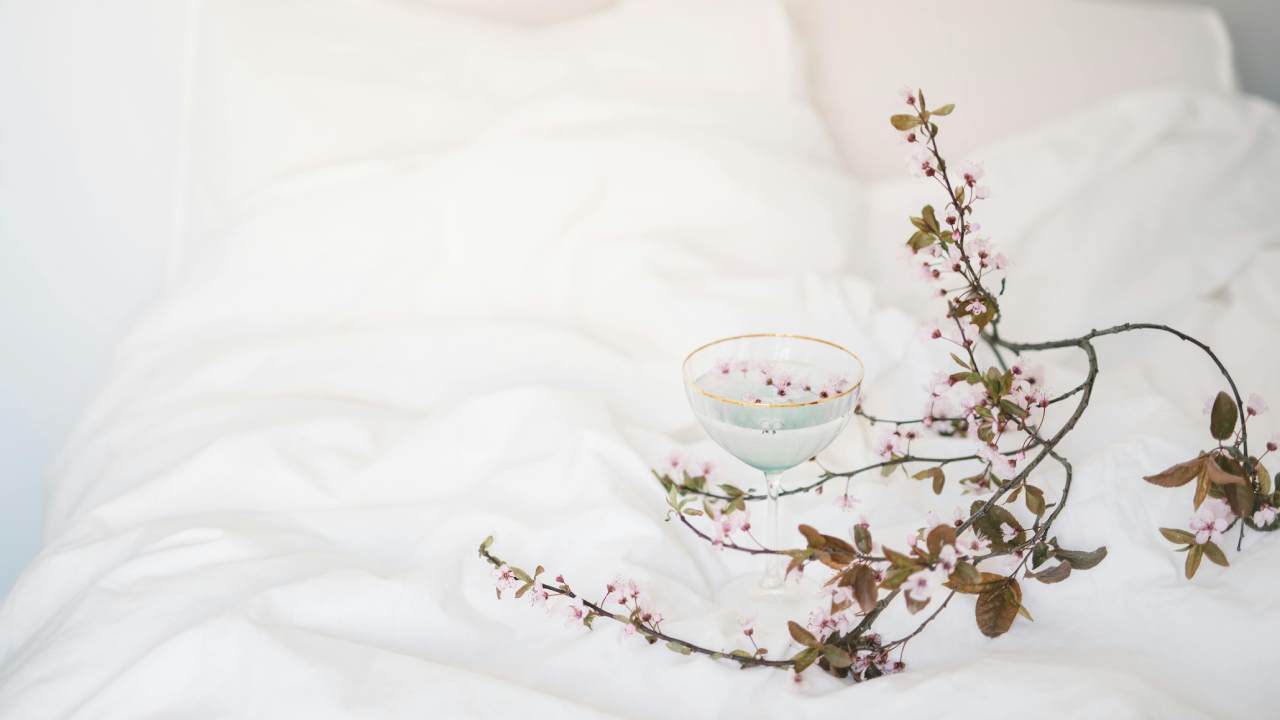 Can’t get to sleep? Grounding bed sheets could be the answer – but I need convincing
Can’t get to sleep? Grounding bed sheets could be the answer – but I need convincingIs this the future of sleep tech?
By Bethan Girdler-Maslen Published
-
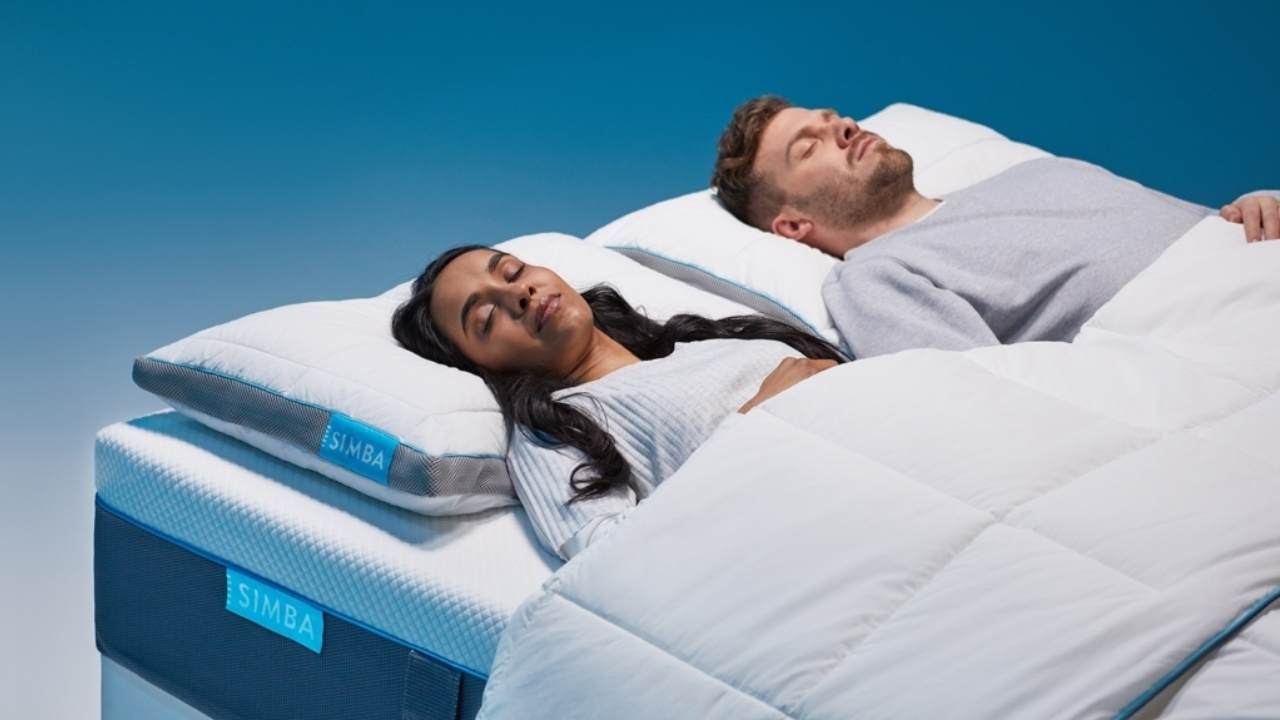 Simba reveals 3 shocking signs of sleep deprivation on the body
Simba reveals 3 shocking signs of sleep deprivation on the bodySimba’s latest study reveals the main physical effects of sleep deprivation
By Bethan Girdler-Maslen Published